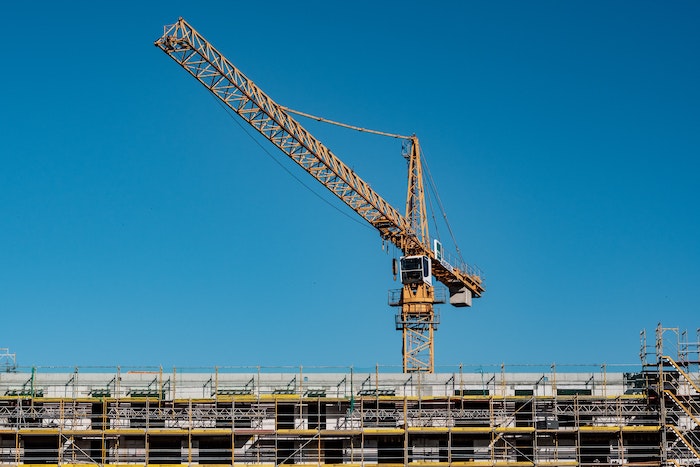
Construction sites are full of activity due to moving parts and heavy machinery. Unfortunately, a small mistake can lead to serious and costly accidents, especially considering the price of cranes and other heavy machines from the heavy machinery marketplace. For those installing properties using rigging equipment, the complexities of these job sites are even worse.
Fortunately, crane and rigging insurance provide protection and compensation. However, understanding these insurance policies is key to maximizing your benefits.
What is crane and rigging insurance?
Crane and rigging insurance are policies designed to mitigate potential consequences to construction companies that own, operate, rent, set up, or move cranes. This collection of multiple coverages essentially protects all crane operations, including tower cranes and mobile cranes.
Rigging insurance, also known as riggers liability insurance, provides cover against property loss or damage when on the hook of cranes. Other common crane and rigging insurance types include:
- Boom truck operator insurance
- Mobile and tower crane operator insurance
- Crane inspector and lift director insurance
- Heavy haul trucking operations insurance
- Service truck crane operations insurance
- Concrete pump truck operator insurance
Who should take crane and rigging insurance?
Typical prospects for crane and rigging insurance are construction companies that rent out cranes and operators. Licensed operators and rental-only firms that hire out cranes without operators also need a crane and rigging insurance. Unfortunately, some contractors assume they have enough coverage for their construction jobs.
However, standard commercial general liability insurance policies do not cover properties of third parties that were under your control or custody. You should include a riggers liability cover into your commercial general liability policy to be safe.
Crane and rigging insurance is a safety net that protects contractors who use heavy machines, such as cranes, bulldozers, and excavators, for lifting and installations. Items such as telecom equipment, generators, and air conditioning units are very expensive.
If your rigging company is hired to move and install this equipment, you should account for the possibility that something can go horribly wrong during installation. Besides compensating for physical damage, your company will also be liable for costs associated with business interruption if the accident delays the other business operations. These hefty costs can sink your business if you aren’t insured.
What are the various crane and rigging insurance types available?
Common insurance policies to consider include:
- General liability cover – This compensates for property damage and bodily injury that occur during business operations. For instance, a building may collapse, or a crane accidentally injures someone. Most of these policies have a $2,000,000 general aggregate limit, with a $1,000,000 cover limit for every occurrence.
- Physical damage – This policy compensates for the value of a physically damaged crane. They insure the crane against severe damage or total loss. Contractors need this cover, regardless of whether they own or lease their cranes.
- Worker’s compensation – This is a common policy that protects crane and rigging operators from inherent workplace dangers. The cover provides medical benefits and lost wages to employees who suffer workplace injuries.
- Rigger’s liability – Riggers are typically hired to lift or install valuable equipment, such as generators. In this case, riggers are held liable for any damage that occurs during lifting or installation. Unlike the general liability cover mentioned above, riggers liability is specific but sometimes included in an Inland Marine Policy. This policy is issued to crane operators to protect goods on the hook and in transit.
- Commercial auto policy – This policy covers cranes when driving on public roads. It works the same way insurance policies for trucks and passenger vehicles work.
- Inland marine – Also known as cargo policy, it protects customers’ goods in transit. Some insurance companies also include warehouse liability, which covers stored goods. This policy ensures equipment damage, including crane rentals, in transit.
How much does crane and rigging insurance cost?
Estimating the actual value of crane and rigging insurance is impossible, as the total costs and insurance rates vary in different states, with metropolitan areas charging higher rates. Other factors, such as the insured’s financial stability, professional experience, previous performance, and loss history, also influence the total cost of crane and rigging insurance. In most situations, the value for physical damage ranges between 1% and 3% of the total crane’s value.
Endnote
Construction uses expensive equipment, and construction environments are full of complications, distractions, and hazards. If you don’t own these heavy equipment, accidents are devastating, as they can deplete your finances. You should consider insuring your rented equipment for better outcomes.
